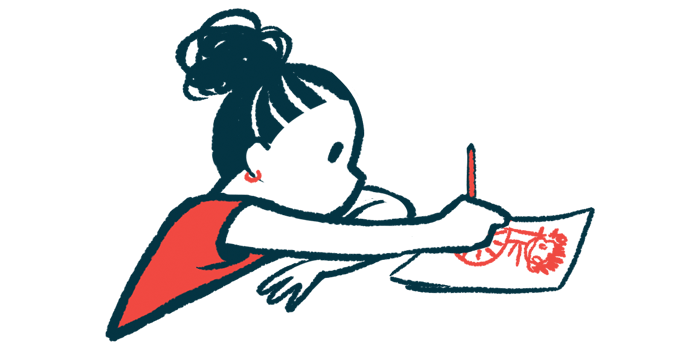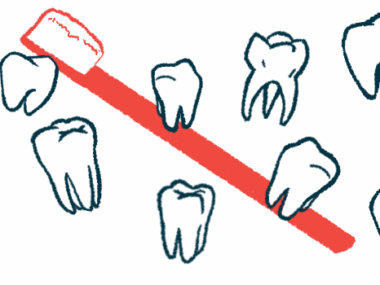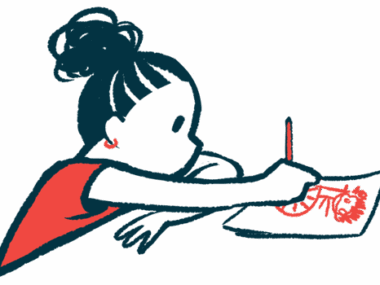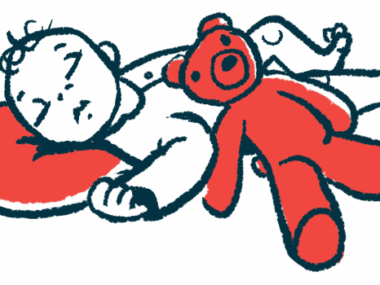Brain surgery eases hard-to-treat seizures in girl with Rett syndrome
Procedure severed main connection between 2 sides of brain: Case report
Written by |

A surgical procedure called a corpus callosotomy, which severs the main connection between the two sides of the human brain, was found to reduce the seizure burden of a young girl with Rett syndrome and hard-to-treat seizures, according to a case report.
Calling this a “unique case,” the physicians said the surgery was performed after the patient, by then 10 years old, had developed severe seizures — one to two per day, each lasting five minutes — that failed to respond to treatment.
Overall, the team noted that epilepsy, in which a person experiences repeated seizure activity, “affects 50-90% of [Rett] patients, with approximately a third of patients having drug resistant epilepsy.”
The corpus callosotomy was considered a success for this young girl.
“After surgery, she had a significant reduction in seizures, seizure-related hospitalizations, and use of seizure rescue medication, resulting in improved quality of life.” the researchers wrote.
The study, “Case Report: Successful complete open corpus callosotomy for refractory epilepsy in Rett syndrome,” was published in Brain and Development Case Reports.
Girl’s Rett syndrome seizures worsened with age
Most Rett syndrome cases are caused by mutations in the MeCP2 gene, which affect the growth and connectivity of nerve cells, ultimately resulting in a range of neurological symptoms.
Epilepsy is reported to affect up to 90% of patients with the genetic condition, and seizure severity “is a critical contributor to the clinical severity of [Rett syndrome], with implications on morbidity, mortality, and quality of life,” the researchers wrote.
Treatment typically entails antiseizure medications. For many people with Rett, however, these drugs are ineffective.
Corpus callosotomy is a type of brain surgery sometimes used to relieve seizures when medication doesn’t work. It involves partially or completely splitting the corpus callosum, the main bundle of nerve fibers connecting the two sides, or hemispheres, of the brain.
The procedure’s antiseizure effects are thought to be associated with its ability to greatly reduce communication between the two brain hemispheres and prevent seizures from spreading from one hemisphere to the other. However, according to the researchers, “reports of corpus callosotomy (CC) for seizure management in [Rett syndrome] are scarce.”
Now, the scientists, from the University of British Columbia and BC Children’s Hospital, described the case of a girl with refractory, or hard-to-treat, seizures due to Rett that were effectively lessened after a complete corpus callosotomy.
The girl had shown marked motor development delays in her first year of life. When she was about 1.5 years old, her language and hand function skills had regressed and she developed repetitive hand-wringing movements typical of Rett.
Genetic tests, conducted when she was 5, identified a likely disease-causing mutation in the MECP2 gene, confirming a Rett diagnosis. A brain MRI scan came back normal.
Focal tonic seizures — a type of seizure that affects a region in one side of the brain, leading to head turning, arm/leg stiffening, and eyelid flickering — started at the age of 3.5. These seizures were well-controlled with the antiseizure medications levetiracetam (sold as Keppra among others, with generics available) and topiramate (sold as Topamax among others, with generics available).
However, “two years later, her seizure frequency increased to monthly,” the researchers wrote.
By age 8, she developed another type of seizure called epileptic spasms. These lasted 15 seconds and were marked by head bending and arm elevation that were followed by a high-pitch cry. These spams started to occur 15-17 times per day, and by age 9, she was experiencing prolonged clusters of epileptic spasms lasting between 15 and 20 minutes. She also had generalized tonic seizures, involving both sides of the brain, as often as twice a day and with a duration of five minutes, which increased the risk of falls.
Despite being on a combination of antiseizure medications, her seizures became longer and led to complications, including aspiration pneumonia, a lung infection caused by inadvertently inhaling saliva or food. This required frequent hospital admissions and emergency department visits.
She also became unable to use words properly and had persistent repetitive hand movements, as well as grinding of the teeth.
Brain surgery worked for girl when medications failed to help
When she was 10, she underwent a complete corpus callosotomy in hopes of reducing her seizure burden. Her epileptic spasms and generalized tonic seizures were completely resolved after the surgery.
In the first year after the surgery, her mobility declined, and she showed a stooped posture, rigid arms/legs, tremors, and difficulty initiating steps, resembling symptoms of Parkinson’s disease.
She started treatment with certain medications used for Parkinson’s, but discontinued their use shortly thereafter due to irritability. Still, her walking abilities were improved with physiotherapy and her Parkinson’s-like symptoms “fully resolved,” the researchers wrote.
A complete [corpus callosotomy] can be considered as a treatment option to reduce seizure burden.
A follow-up was done at 2.5 years after surgery. That found that the girl, 13 at the time of this report, continued to have focal seizures, including facial twitching, and focal tonic seizures once a week.
Nonetheless, her parents reported improvements in alertness, communication skills, and overall quality of life. For the first time, she was able to engage in classes using an eye-gaze device to answer questions. Her antiseizure medication included a low dose of lamotrigine and valproic acid.
Overall, this case indicated that, in Rett patients with hard-to-treat seizures, “a complete [corpus callosotomy] can be considered as a treatment option to reduce seizure burden,” the researchers concluded.







